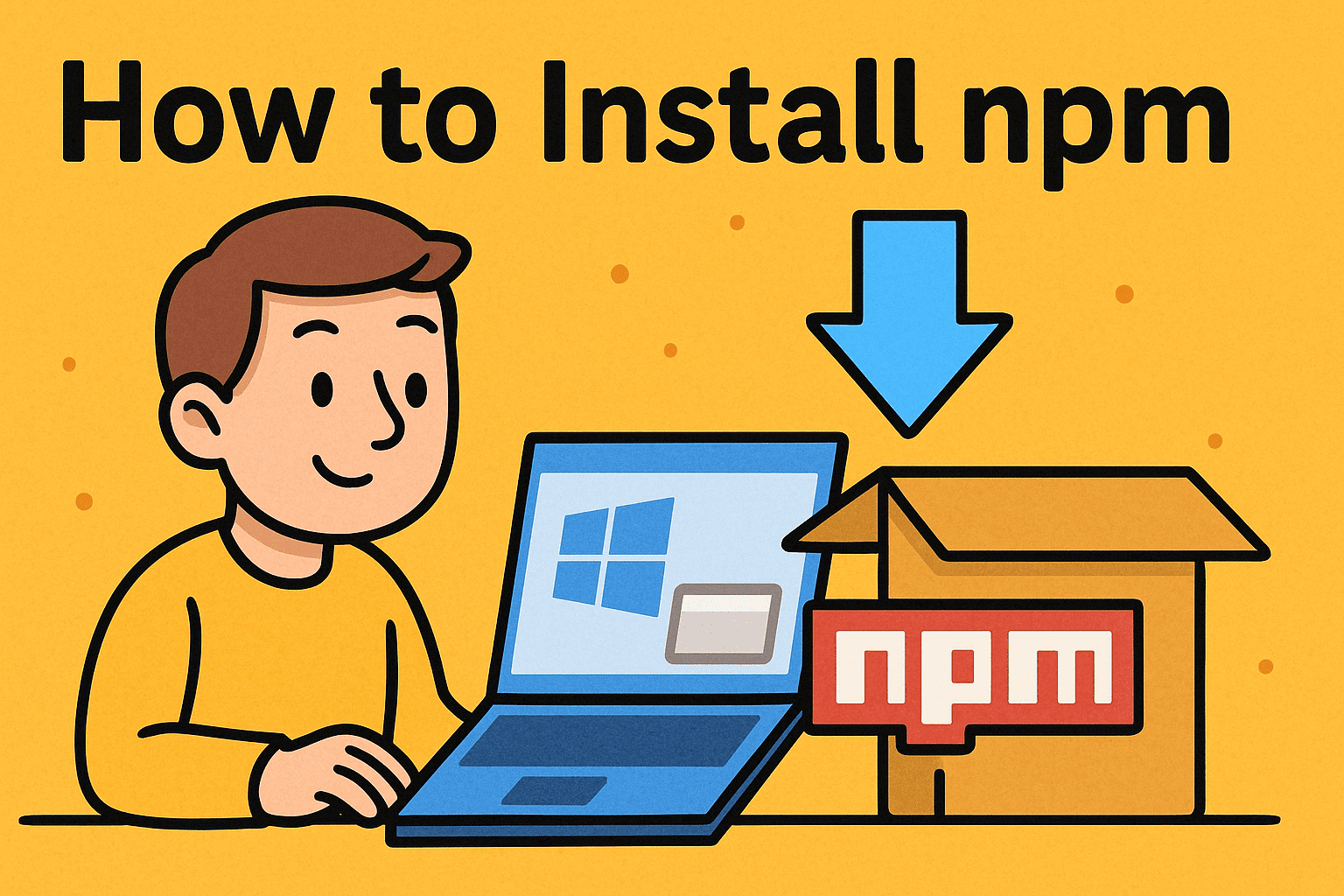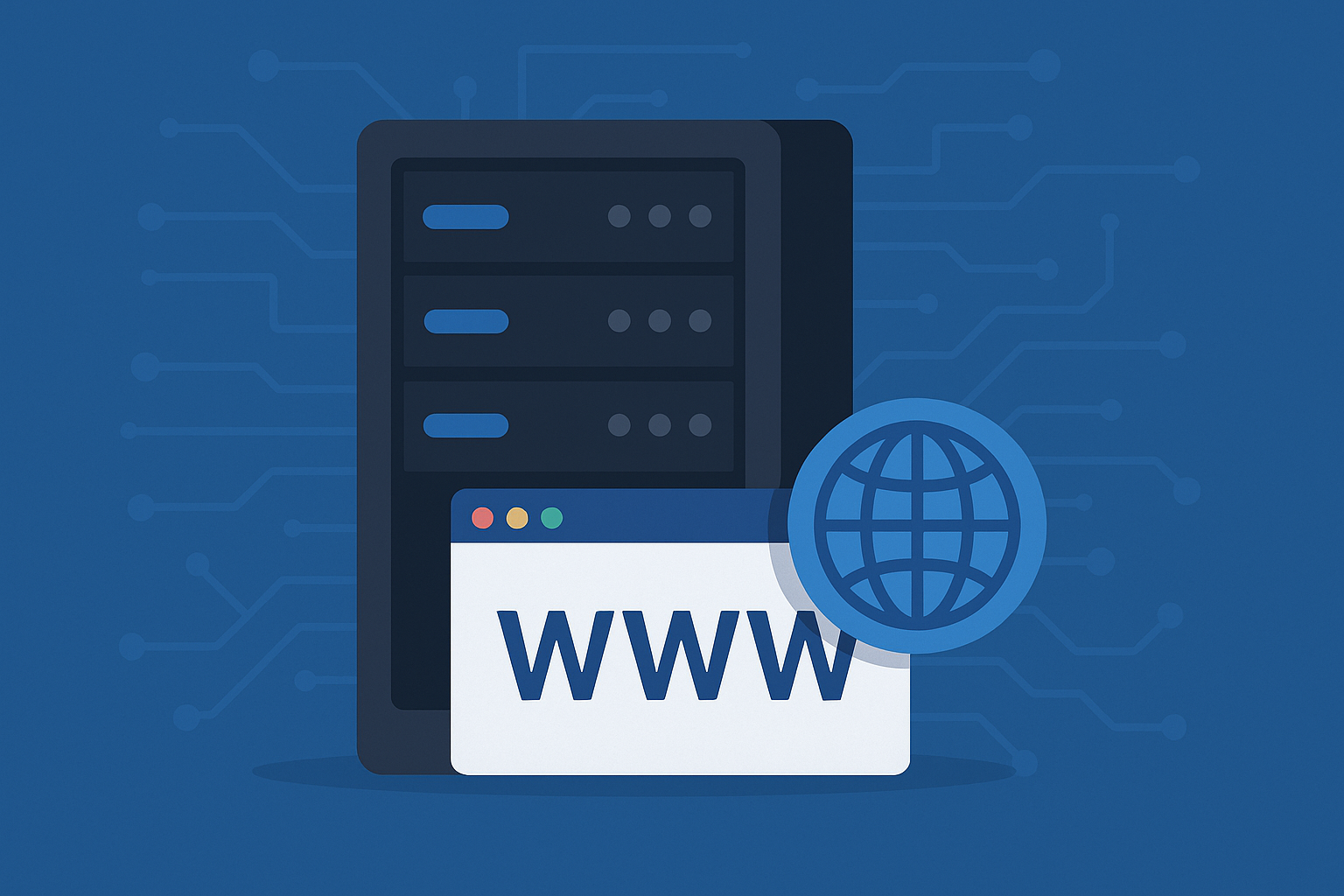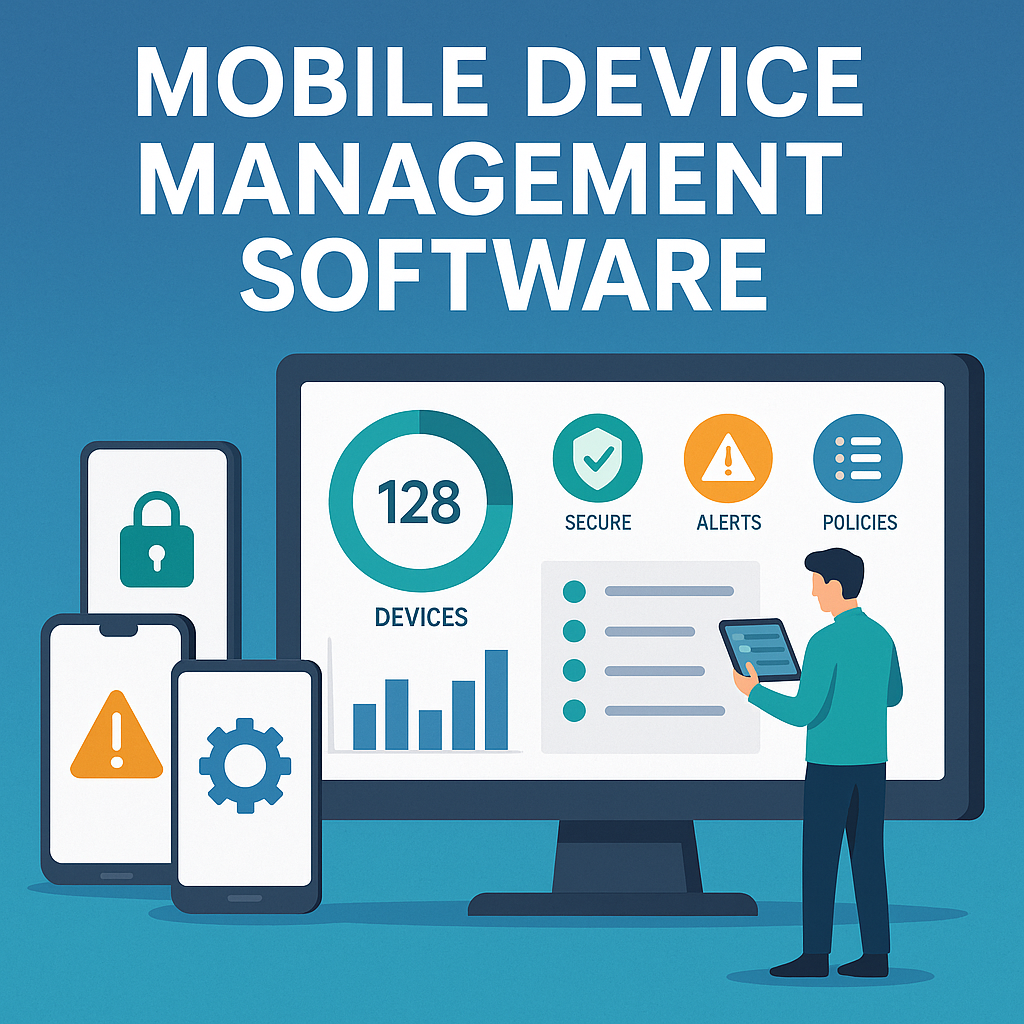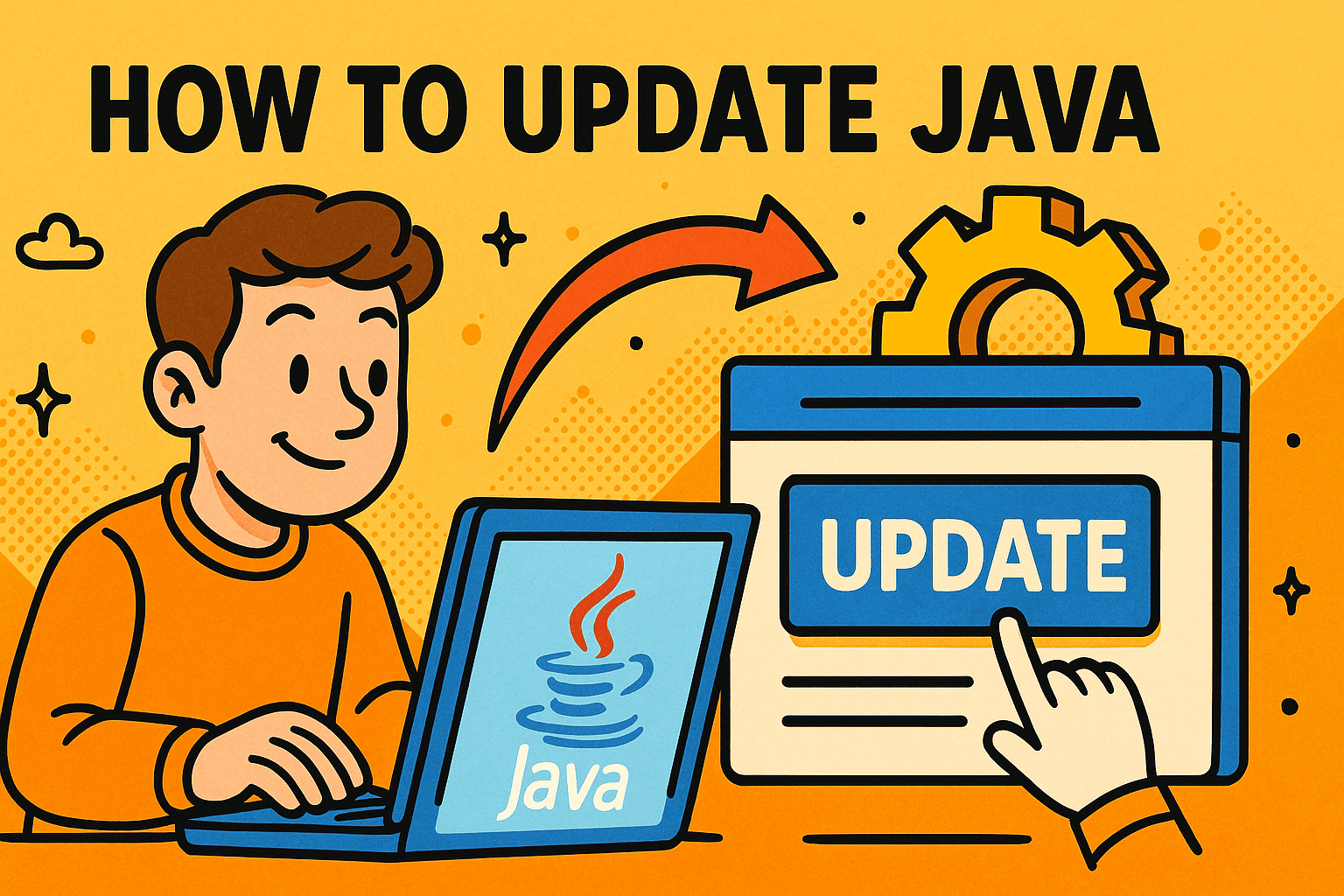How Do I Update a Pivot Table: A Complete Step-by-Step Guide
Updated on October 16, 2025, by Xcitium

Have you ever refreshed your Excel pivot table only to find the numbers don’t match your updated dataset? If so, you’re not alone. Many professionals ask the same question: how do I update a pivot table without breaking formulas or losing formatting?
Introduction: Why Updating Pivot Tables Matters
Pivot tables are among the most powerful features in Excel, widely used by IT managers, cybersecurity analysts, and executives for reporting, data analysis, and decision-making. But a pivot table is only as good as the data behind it. If your source data changes, you must refresh or update the pivot table to reflect accurate insights.
In this article, we’ll walk you through everything from refreshing pivot tables, changing data sources, troubleshooting issues, and automating updates so your reports are always accurate.
What Is a Pivot Table?
Before we learn how to update a pivot table, let’s briefly recap what it is.
A pivot table is an Excel tool that allows you to:
-
Summarize large datasets.
-
Group, filter, and sort data quickly.
-
Spot patterns and trends without complex formulas.
For example, IT managers might use pivot tables to analyze incident logs, while CEOs might use them for financial summaries. But for them to remain relevant, updates are crucial.
How to Refresh a Pivot Table in Excel
Refreshing is the most basic way to update a pivot table. This tells Excel to pull in new or changed data from the source.
Steps to Refresh:
-
Click anywhere inside the pivot table.
-
Go to the PivotTable Analyze tab.
-
Select Refresh.
👉 Shortcut: Alt + F5 (Windows) or Option + Command + P (Mac).
If you have multiple pivot tables connected to the same source, you can choose Refresh All to update everything at once.
Updating the Data Source of a Pivot Table
Sometimes refreshing isn’t enough. If you’ve added rows or columns outside the original data range, you need to update the pivot table’s data source.
Steps to Update Data Source:
-
Click inside the pivot table.
-
Go to PivotTable Analyze > Change Data Source.
-
Select the new range or table.
-
Click OK to apply.
💡 Pro Tip: Convert your dataset into an Excel Table (Ctrl + T) before creating pivot tables. This way, the data source automatically expands when new rows are added.
Automating Pivot Table Updates
For busy IT and business professionals, manually refreshing pivot tables can be time-consuming. Luckily, Excel allows automation.
Option 1: Auto-refresh on Open
-
Right-click on the pivot table → PivotTable Options.
-
Check the box for Refresh data when opening the file.
Option 2: VBA Macro Script
If you want pivot tables to refresh automatically every few minutes, you can use a macro.
This script refreshes all pivot tables when the workbook is opened.
Common Issues When Updating Pivot Tables
Even seasoned Excel users face problems when learning how do I update a pivot table. Let’s cover common challenges and solutions.
-
Data Not Updating
-
Cause: The data source wasn’t expanded.
-
Fix: Convert to an Excel Table or update the range manually.
-
-
Formatting Resets After Refresh
-
Cause: Pivot tables reset styles.
-
Fix: Use custom number formatting or apply themes.
-
-
Blank or Missing Values
-
Cause: Source data has blanks.
-
Fix: Use filters or replace blanks with “0.”
-
-
Slow Refresh Times
-
Cause: Large datasets.
-
Fix: Optimize source data by removing unused columns.
-
Best Practices for Managing Pivot Tables
If you want to avoid problems down the road, follow these best practices:
-
Always Use Tables: Excel Tables update automatically when new data is added.
-
Name Ranges Clearly: Use dynamic named ranges for easier reference.
-
Document Your Process: For IT teams, documentation ensures consistency across departments.
-
Check Security: If pivot tables pull data from external sources, ensure access permissions are managed.
Practical Use Cases in Cybersecurity and IT
Pivot tables are more than just financial tools — they’re essential for security and IT analytics.
-
Cybersecurity Logs: Summarize login attempts, firewall alerts, or malware detection reports.
-
Incident Management: Track the frequency and severity of incidents over time.
-
Resource Allocation: Analyze server performance or software usage trends.
-
Executive Reporting: Present clean, updated dashboards to CEOs and stakeholders.
In all these cases, up-to-date pivot tables ensure accurate, actionable insights.
Advanced Tips for Professionals
If you’re managing large-scale datasets, try these advanced methods:
-
Slicers and Timelines: Add interactive filters for dynamic reporting.
-
Power Pivot: For huge datasets, connect to Power Pivot for better performance.
-
External Data Sources: Link pivot tables to SQL databases or cloud-based data for live updates.
-
Scheduled Refreshes: Use Power BI or Office 365 to automate data refresh at set intervals.
FAQs on Updating Pivot Tables
1. How often should I refresh pivot tables?
It depends on your workflow. For daily reports, refresh once a day. For live dashboards, use auto-refresh.
2. Why isn’t my pivot table updating?
Check the data source range. If new rows are outside the defined range, the pivot won’t capture them.
3. Can I update multiple pivot tables at once?
Yes. Use Refresh All under the Data tab.
4. Do pivot tables update automatically when the source changes?
Not unless you set them to auto-refresh or use Excel Tables.
5. Can pivot tables be refreshed in Google Sheets?
Yes, though functionality is simpler compared to Excel. Use the Refresh option in pivot table settings.
Conclusion: Keep Your Pivot Tables Accurate
Understanding how do I update a pivot table is essential for maintaining data accuracy, consistency, and reliability. From refreshing to updating sources and automating tasks, these techniques help professionals streamline reporting.
Whether you’re a cybersecurity analyst tracking system activity, or a CEO reviewing financial reports, accurate pivot tables are the foundation of better decisions and stronger strategies.
👉 Want to take your data protection and reporting to the next level? Request a demo today to see how advanced security solutions can safeguard your business.














